Description
From the collection of Fernand Meyssonnier and once featured in the Museum of
Justice and Punishment in Fontaine de Vaucluse near Avignon, France. This sword
features an iron hilt of typical cruciform shape with round-section quillons expanding
toward the finials; apple-shaped pommel with button. Wood grip with remains of original
fragile twisted iron wire binding and intact turks heads top and bottom. Broad 35″ blade
of lens-section, stamped with maker’s mark on the short ricasso and featuring a 10″
central fuller; engraved on one side with gallows and “herr hieronymus Peter von
Stetten” and a wheel on a pole and “gerichts schultheis 1756″ on the other side. This
means “Mr. Hieronymus Peter von Stetten court of justice”. The von Stettens of
Frankfurt were a prominent patrician family. Hieronymus Peter von Stetten (1609-1686)
was a mayor and court administrator in Frankfurt. While the date on this sword is nearly
100 years later, it refers to the court he established. Executioner swords often have the
name of the executioner engraved on the blade, but it is very rare to find one with the
name of the court administrator. This indicates the sword belonged to the court itself
rather than the executioner. An executioner may have his own sword and service
several towns and cities, but only the largest cities would have their own swords to be
used by contracted executioners. Overall length 44 ½”, weight 4 pounds 15 ½ ounces.
Metal is moderately pitted, but markings are clear.
Fernand Meyssonnier (1931-2008) was an executioner in French Algeria from 1947 to
1961 and executed over 200 convicted criminals by guillotine. He is the author of the
book “An Executioner’s Tale” (French Text). His family has been linked to the
executioner’s trade since the 16th Century.

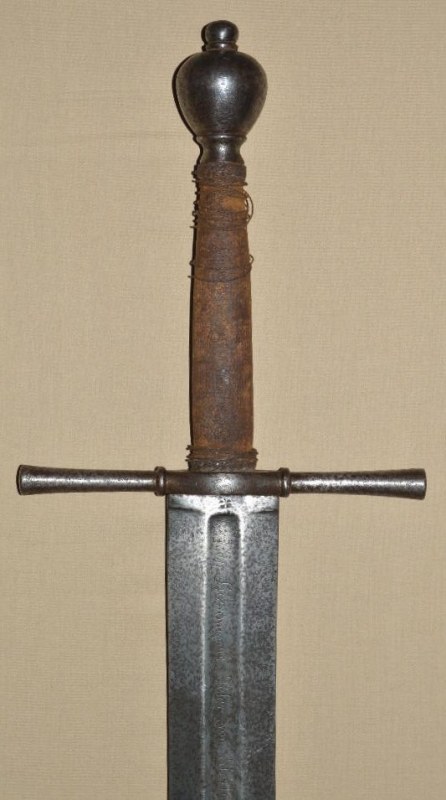




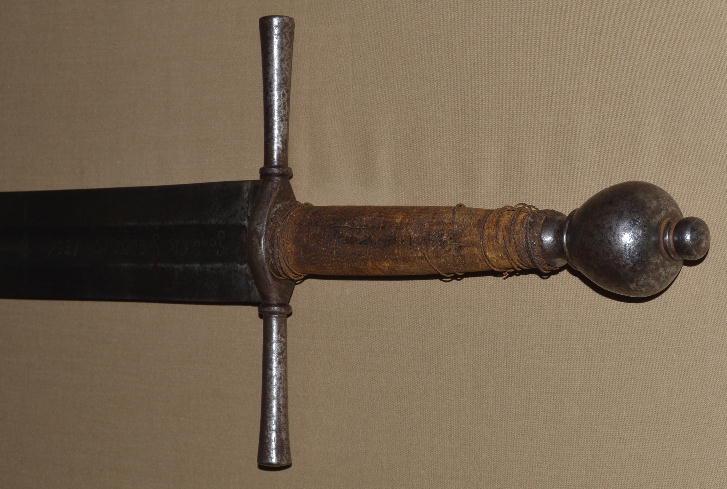
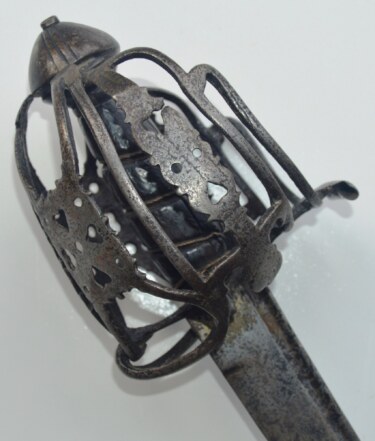 Scottish Basket-hilted Backsword, Claymore, 2nd Quarter 18th C
Scottish Basket-hilted Backsword, Claymore, 2nd Quarter 18th C 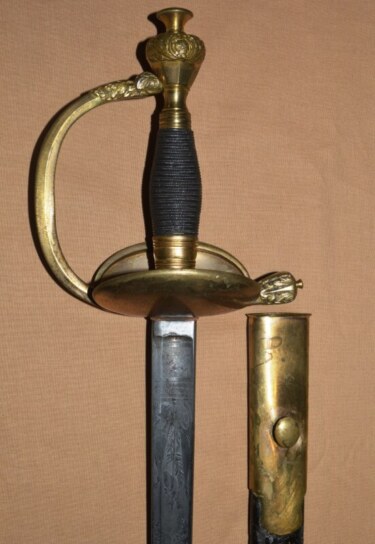 Named Prussian Infantry Officer’s Sword, First Quarter 19th C
Named Prussian Infantry Officer’s Sword, First Quarter 19th C 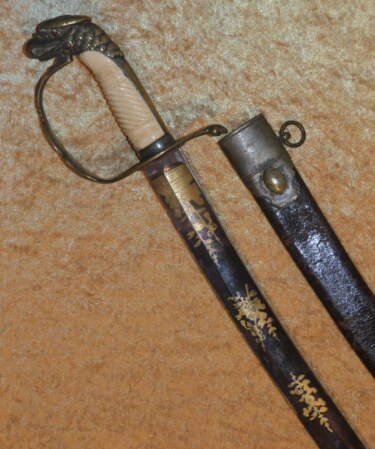 Exceptional US Eagle Head Mounted Artillery Officer’s Saber, ca. 1810-20
Exceptional US Eagle Head Mounted Artillery Officer’s Saber, ca. 1810-20 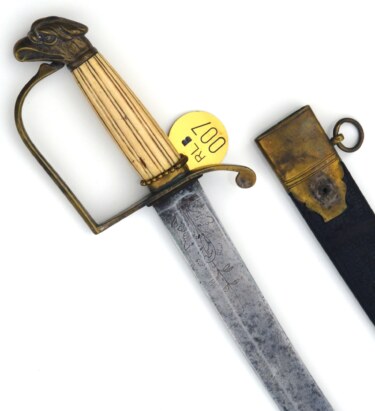 US Eagle Pommel Infantry Officer’s Saber and Scabbard, ca. 1805
US Eagle Pommel Infantry Officer’s Saber and Scabbard, ca. 1805